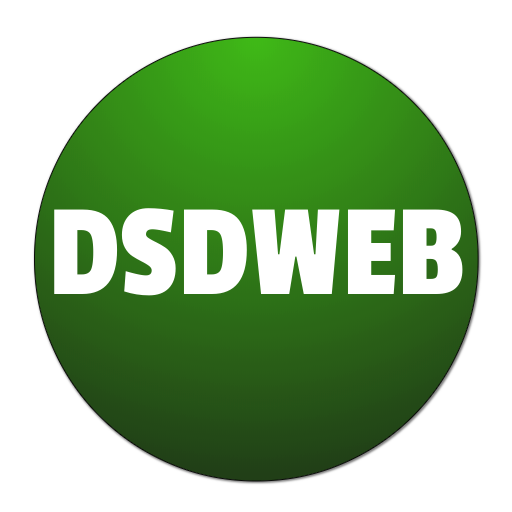This page is designed to answer the following questions:
- 2.2 Provide information to others on: a. indicators of harm, abuse or neglect, b. actions that need to be taken where there are safeguarding concerns (Level 4 Diploma in Adult Care, Safeguard Children and Young People who are Present in the Adult Social Care Sector)
NOTE: This page has been quality assured for 2023 as per our Quality Assurance policy.
As a lead practitioner, you will have a responsibility to disseminate information relating to child safeguarding and protection to others, including the indicators of harm, abuse or neglect and actions that need to be taken where there are safeguarding concerns. This could be through informal discussions, team meetings or formal training sessions.
Indicators of harm, abuse or neglect
There are several types of abuse. They can be broadly grouped into four categories; physical abuse, emotional abuse, sexual abuse and neglect. However, there is a lot of overlap between the signs and symptoms of the different types of abuse – for example, a child that has been physically abused is likely to have suffered emotional abuse as well.
Physical abuse is causing deliberate harm to a child through hitting, slapping kicking, biting, burning, scalding etc. The signs and symptoms include bruises, cuts, bite marks and other unexplained injuries. More subtle signs include a child being fearful, flinching, withdrawing and a reluctance to go home.
Emotional abuse involves making a child feel unvalued or unloved. It can also be caused by a child witnessing domestic abuse at home. Signs and symptoms include low self-esteem and self-confidence, withdrawal, anxiety, depression and developmental delays.
Sexual abuse involves children being forced to view or take part in sexual activities. Signs and symptoms can include having knowledge of sexual activities that are not age-appropriate, changes in mood or behaviour, unexplained STIs/pregnancy, anxiety and pain/discomfort in and around the genital area.
Neglect is a persistent failure to meet a child’s needs, both physical and psychological. Signs and symptoms of neglect include dirty, unlaundered, ill-fitting or inappropriate clothing, dirty/smelly body, untreated health conditions, being left alone at home or unsupervised outside and regular lateness for school.
Other types of abuse include:
- Modern slavery/child trafficking
- Female Genital Mutilation (FGM)
- Child Sexual Exploitation
- Radicalisation
- Bullying/cyberbullying
- Domestic violence (and exposure to it)
Actions that need to be taken where there are safeguarding concerns
In essence, care workers must be alert to the signs of symptoms of abuse (above) and question unusual behaviours (e.g. a child’s understanding of sexual language that is not appropriate for their age etc.). Where there are suspicions or concerns, the care worker must record and report this to their manager or safeguarding to obtain guidance about what should be done next. This may result in a referral to social services, who will take the lead in gathering information and coordinating a response. At this point, the care worker will have fulfilled their duty, however, they may be called upon by social services to provide information/evidence of what they have observed.
As always, you should follow your own employer’s policies and procedures relating to the safeguarding of children and young people.
